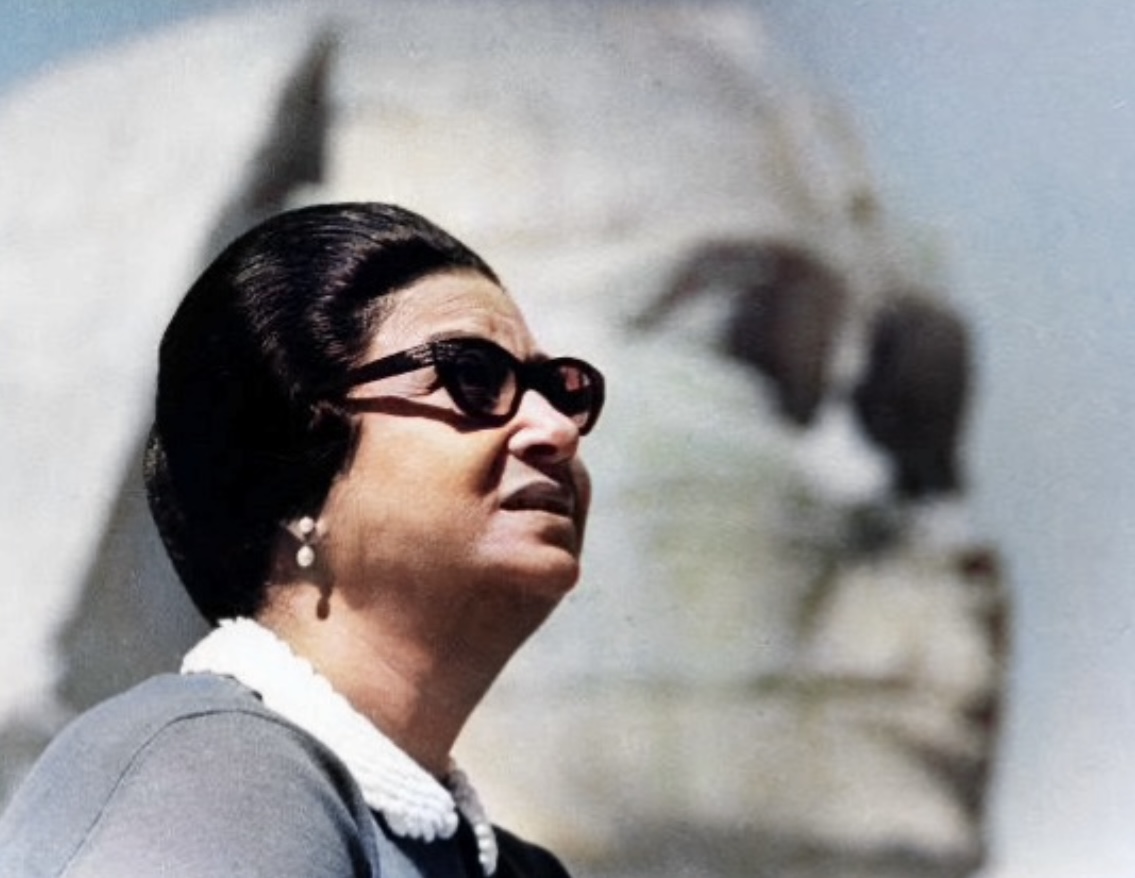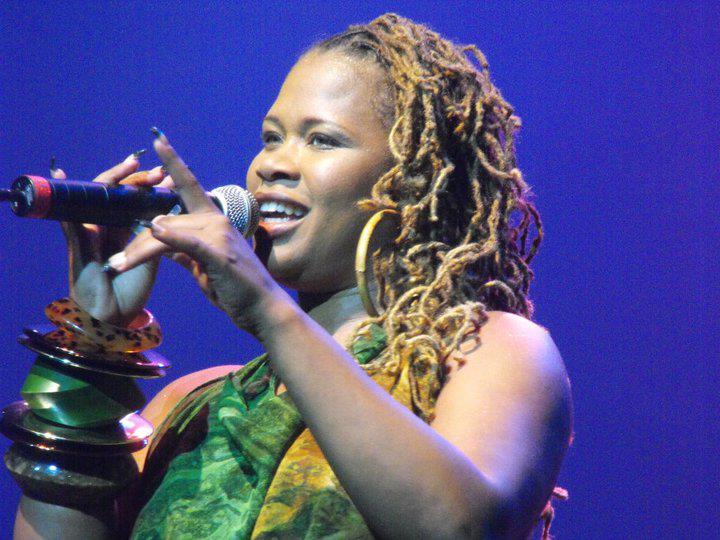|
African Musical Instruments
The continent of Africa is vast and its music is diverse, with different regions and nations having many distinct musical traditions. African music includes the genres like makwaya, highlife, mbube, township music, jùjú, fuji, jaiva, afrobeat, afrofusion, mbalax, Congolese rumba, soukous, ndombolo, makossa, kizomba, taarab and others. African music also uses a large variety of instruments from all across the continent. The music and dance of the African diaspora, formed to varying degrees on African musical traditions, include American music like Dixieland jazz, blues, jazz, and many Caribbean genres, such as calypso (see kaiso) and soca. Latin American music genres such as cumbia, salsa music, son cubano, rumba, conga, bomba, samba and zouk were founded on the music of enslaved Africans, and have in turn influenced African popular music. Like the music of Asia, India and the Middle East, it is a highly rhythmic music. The complex rhythmic patterns often ... [...More Info...] [...Related Items...] OR: [Wikipedia] [Google] [Baidu] |
Makossa
Makossa is a music genre originating in Douala, Littoral Region, Cameroon in the late 20th century. Like much other music of Sub-Saharan Africa, it uses strong electric bass rhythms and prominent brass. Makossa uses guitar accompaniments, in the forms of solo and rhythm guitar, with a main singer (lead vocalist) and a choir of backup singers, with the focus being on the texture of the guitar, the role it plays in the song, the relationship between it and other instruments (including the bass, drum set, horns, synthesizers, etc.), the lyrical content and languages sung as well as their relationship (as far as timbre goes) with the music, the uses of various percussion instruments, including the bottle, the groove of the bass as well as the drums, and the use of technical knowledge and microprocessors to make the music. It is in common time (4/4) for the vast majority of cases. Language-wise, it is typically sung in French, Duala or Pidgin English. Tempo-wise, it is typica ... [...More Info...] [...Related Items...] OR: [Wikipedia] [Google] [Baidu] |
Cumbia
Cumbia refers to a number of musical rhythms and folk dance traditions of Latin America, generally involving musical and cultural elements from American Indigenous peoples, Europeans, and Africans during colonial times. Cumbia is said to have come from funeral traditions in the Afro-Colombian community. Cumbia traditionally uses three drums ('' tambora'', ' and ''llamador''), three flutes (''gaita hembra'' and ''gaito macho'', both forms of , and '' flauta de millo'') and has a or meter. The sound of cumbia can be characterized as having a simple "chu-chucu-chu" rhythm created by the guacharaca. The genre frequently incorporates brass instruments and piano. In order to properly understand the interlocking relationship between cumbia's roots, its Pan-American (and then global) routes, and its subgenres, Colombia's geocultural complexities must be taken into account. Most Hispanic American countries have made their own regional version of Cumbia, some of them with their own part ... [...More Info...] [...Related Items...] OR: [Wikipedia] [Google] [Baidu] |
Latin American Music
The music of Latin America refers to music originating from Latin America, namely the Spanish language, Spanish and Portuguese language, Portuguese-speaking regions of the Americas south of the United States. Latin American music highly incorporates its Africa, African influences into the music of Latin America, as well as Indigenous peoples of the Americas#Music and art, indigenous music of Latin America. Due to its highly Syncretism, syncretic nature, Latin American music encompasses a wide variety of styles, including influential genres such as cumbia, Bachata (music), bachata, bossa nova, Merengue music, merengue, Cuban rumba, rumba, Salsa music, salsa, samba, son (music), son, candombe and Tango music, tango. During the 20th century, many styles were influenced by the music of the United States giving rise to genres such as Latin pop, Latin rock, rock, Latin jazz, jazz, Latin hip hop, hip hop, and reggaeton. Geographically, it usually refers to the Spanish and Portuguese-spe ... [...More Info...] [...Related Items...] OR: [Wikipedia] [Google] [Baidu] |
Soca Music
Soca music, or the "soul of calypso", is a genre of music that originated in Trinidad and Tobago in the 1970s. It is considered an offshoot of Calypso music, calypso, with influences from Afro–Trinidadians and Tobagonians, Afro-Trinidadian and Indo–Trinidadians and Tobagonians, Indo-Trinidadian rhythms. It was created by Ras Shorty I (or Lord Shorty) in an effort to revive traditional calypso, the popularity of which had been declining amongst younger generations in Trinidad due to the rise in popularity of reggae from Jamaica and Soul music, soul and funk from the United States. From the 1980s onward, soca has developed into a range of new styles. Etymology "Soca" is a Blend word, portmanteau of the words "soul" and "calypso". The genre was defined by Lord Shorty as the "Soul of Calypso." The word was originally spelled s-o-k-a-h by Lord Shorty. In a 1979 interview with ''Carnival Magazine,'' Lord Shorty stated that he "came up with the name soca. I invented soca. And I ... [...More Info...] [...Related Items...] OR: [Wikipedia] [Google] [Baidu] |
Kaiso
Kaiso is a type of music popular in Trinidad and Tobago, and other countries, especially of the Caribbean, such as Grenada, Belize, Barbados, St. Lucia, and Dominica, which originated in West Africa particularly among the Efik and Ibibio people of Nigeria, and later evolved into calypso music. Kaiso music has its origins in West Africa (particularly in present-day Nigeria) and in the Kingdom of Kongo and was brought over by the enslaved Africans, who (in the early history of the art form) used it to sing about their masters. The people would also gather in "kaiso" tents where a griot or lead singer would lead them in song. Many early kaisos were sung in French Creole by an individual called a chantwell. Kaiso songs are generally narrative in form and often have a cleverly concealed political subtext. Kaiso performers are known as kaisonians. In Barbados, ''kaiso'' refers to a form of stage-presented calypso, such as at the crop over festival. Terminology The term ''kaiso' ... [...More Info...] [...Related Items...] OR: [Wikipedia] [Google] [Baidu] |
Calypso Music
Calypso is a style of Caribbean music that originated in Trinidad and Tobago from Afro-Trinidadians during the early- to mid-19th century and spread to the rest of the Caribbean Antilles by the mid-20th century. Its rhythms can be traced back to West African Kaiso and the arrival of French planters and their slaves from the French Antilles in the 18th century. It is characterized by highly rhythmic and harmonic vocals, and was historically most often sung in a French creole and led by a griot. As calypso developed, the role of the griot became known as a '' chantuelle'' and eventually, ''calypsonian''. As English replaced "patois" ( Antillean) as the dominant language, calypso migrated into English, and in so doing it attracted more attention from the government. It allowed the masses to challenge the actions of the unelected Governor and Legislative Council, and the elected town councils of Port of Spain and San Fernando. Calypso continued to play an important role in po ... [...More Info...] [...Related Items...] OR: [Wikipedia] [Google] [Baidu] |
Caribbean Music
Caribbean music genres are very diverse. They are each synthesis of African, European, Asian and Indigenous influences, largely created by descendants of African enslaved people (see Afro-Caribbean music), along with contributions from other communities (such as Indo-Caribbean music). Some of the styles to gain wide popularity outside the Caribbean include, bachata, merengue, palo, mambo, baithak gana, bouyon, cadence-lypso, calypso, soca, chutney, chutney-soca, compas, dancehall, jing ping, parang, pichakaree, punta, ragga, reggae, dembow, reggaeton, salsa, and zouk. Caribbean music is also related to Central American and South American music. The history of Caribbean music originates from the history of the Caribbean itself. That history is one of the native land invaded by outsiders; violence, slavery, and even genocide factor in. Following Christopher Columbus' landing in 1492, Spain laid claim to the entire Caribbean. This claim was met with dissatis ... [...More Info...] [...Related Items...] OR: [Wikipedia] [Google] [Baidu] |
Jazz
Jazz is a music genre that originated in the African-American communities of New Orleans, Louisiana, in the late 19th and early 20th centuries. Its roots are in blues, ragtime, European harmony, African rhythmic rituals, spirituals, hymns, marches, vaudeville song, and dance music. Since the 1920s Jazz Age, it has been recognized as a major form of musical expression in traditional and popular music. Jazz is characterized by swing and blue notes, complex chords, call and response vocals, polyrhythms and improvisation. As jazz spread around the world, it drew on national, regional, and local musical cultures, which gave rise to different styles. New Orleans jazz began in the early 1910s, combining earlier brass band marches, French quadrilles, biguine, ragtime and blues with collective polyphonic improvisation. However, jazz did not begin as a single musical tradition in New Orleans or elsewhere. In the 1930s, arranged dance-oriented swing big bands, ... [...More Info...] [...Related Items...] OR: [Wikipedia] [Google] [Baidu] |
Blues
Blues is a music genre and musical form that originated among African Americans in the Deep South of the United States around the 1860s. Blues has incorporated spiritual (music), spirituals, work songs, field hollers, Ring shout, shouts, chants, and rhymed simple narrative ballad (music), ballads from the African-American culture. The blues form is ubiquitous in jazz, rhythm and blues, and rock and roll, and is characterized by the Call and response (music), call-and-response pattern, the blues scale, and specific chord progressions, of which the twelve-bar blues is the most common. Blue notes (or "worried notes"), usually thirds, fifths or sevenths flattened in Pitch (music), pitch, are also an essential part of the sound. Blues shuffle note, shuffles or walking bass reinforce the trance-like rhythm and form a repetitive effect known as the groove (popular music), groove. Blues music is characterized by its lyrics, Bassline, bass lines, and Instrumentation (music), instrumen ... [...More Info...] [...Related Items...] OR: [Wikipedia] [Google] [Baidu] |
Dixieland Jazz
Dixieland jazz, also referred to as traditional jazz, hot jazz, or simply Dixieland, is a style of jazz based on the music that developed in New Orleans at the start of the 20th century. The 1917 recordings by the Original Dixieland Jass Band (which shortly thereafter changed the spelling of its name to "Original Dixieland Jazz Band") fostered awareness of this new style of music. History The Original Dixieland Jazz Band, recording its first disc in 1917, was the first instance of jazz music being called "Dixieland", though at the time, the term referred to the band, not the genre. The band's sound was a combination of African American/New Orleans ragtime and Sicilian music. The music of Sicily was one of the many genres in the New Orleans music scene during the 1910s, alongside sanctified church music, brass band music and blues. Much later, the term "Dixieland" was applied to early jazz by traditional jazz revivalists, starting in the 1940s and 1950s. In his book ''Jazz' ... [...More Info...] [...Related Items...] OR: [Wikipedia] [Google] [Baidu] |
Music Of The United States
The United States' multi-ethnic population is reflected through a diverse array of styles of music. It is a mixture of music influenced by the music of Europe, Indigenous peoples, West Africa, Latin America, Middle East, North Africa, amongst many other places. The country's most internationally renowned genres are traditional pop, jazz, blues, country, bluegrass, rock, rock and roll, R&B, pop, hip-hop/rap, soul, funk, Religious music, religious, disco, house music, house, techno music, techno, ragtime, doo-wop, folk music, folk, Americana (music), americana, boogaloo, Tejano music, tejano, Surf music, surf, and salsa music, salsa, amongst many others. American music is heard around the world. Since the beginning of the 20th century, some forms of American popular music have gained a near global audience. American Indians in the United States, Native Americans were the earliest inhabitants of the land that is today known as the United States and played its first music. B ... [...More Info...] [...Related Items...] OR: [Wikipedia] [Google] [Baidu] |






